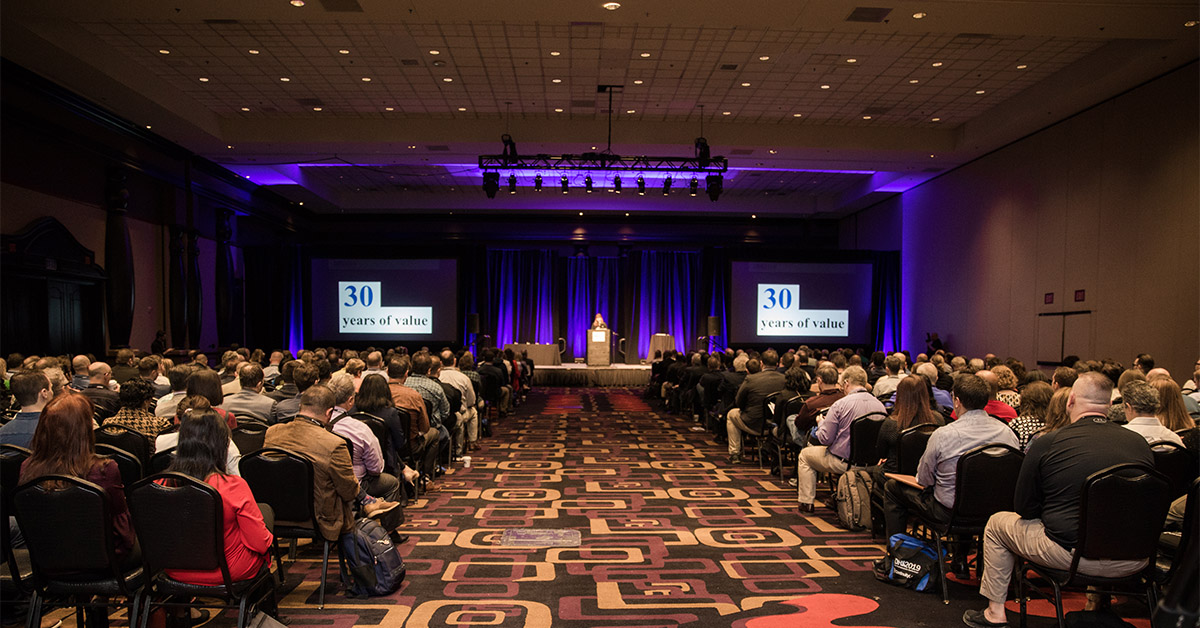If there was one very clear theme to this year’s DRI conference in Las Vegas, it was the importance of having a diverse community in the world of business continuity management (BCM). From the sessions to the talking points in the exhibit hall, it’s clear that the future of BCM depends on having a strong and diverse community of practitioners and leaders.
Here’s our top 5 takeaways from DRI 2019.
1. Women in BCM
This has been a larger, multi-year movement of the community and at the DRI conferences of past years. With more diversity in the community comes more perspective and approaches to resilience. This year the panel held a number of discussions, which provided everyone an opportunity to see some of these new perspectives and to swap ideas for resolving the challenges facing them in their profession.
What this shows is how the community is embracing its diversity, and that it’s delivering the resources its individuals need to overcome hurdles. The lesson here is two-fold: 1) organizations looking to achieve true resilience need to keep their doors open to all – expertise and brilliance comes from all quarters; 2) women need to share and support each other as they increase their presence and gain leadership roles in BCM.
2. Black hat vs. white hat
Everyone in the BCM space knows what threats are out there. This includes the always-looming possibility of a cyber attack or data breach. Malicious actors—the black hats—want this data so they can ultimately turn some kind of profit from it. BCM practitioners—the white hats—need to do whatever’s in their power to make sure their organization can respond to attempts and end on the better side of the outcome.
Part of this effort is recognizing the network of knowledge the community offers. Reaching out and asking for a solution to a problem should be commonplace. Providing support to and receiving it from other practitioners, despite their seat in the market, helps make everyone, as a whole, be more resilient.
3. Helping others
To stay ahead of black hats, practitioners need to collaborate. Community and teamwork are the best tools white hats have to use against black hats. It’s emblematic of the overtone of this year’s gathering.
An even more powerful demonstration of this theme was the DRI Foundation Volunteer Day. Many of DRI’s Certified Professionals came out to contribute to a larger goal of the DRI Foundation: supporting veterans. Many veterans find jobs in emergency response, crisis management, business continuity, and disaster recovery after their service. It’s part of building a community that can back its members and stand up to the challenges that face it.
4. The link between physical and digital security
Traditionally, digital and physical security were very distinct things. However, the more tech continues to develop, the more these two branches of security start to intertwine. In the modern business landscape, it’s hard to find a security measure that doesn’t operate, at least in part, with the help of software.
For the foreseeable future, digital and physical security will come hand-in-hand. When putting their BCPs together, practitioners need to consider the link these two sides of security share. To be totally prepared for events and have the most effective plan, they’ll need to understand the relationship between digital and physical security.
5. Ring-fencing
It’s much less a case of if something happens, it’s when. It’s why we make plans and take preemptive actions to minimize the impact of an incident.
In the future, more plans will incorporate ring-fencing as a protection measure. While having open channels for communication and data are good, standing silos around certain pieces of the organization maybe be beneficial in the right situation. It’s a strategic preemptive move. Having that infrastructure in place will help contain an issue and minimize its impact.








